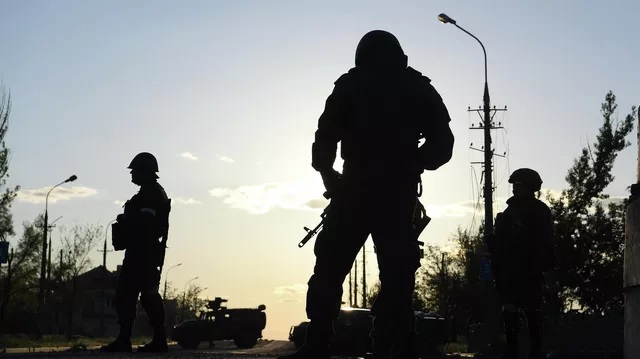
The NYT has confirmed the authenticity of video footage from the shooting of Russian POWs
The New York Times reported that it had confirmed the authenticity of video footage from the site of the shooting of Russian POWs in Makeyevka.
The paper said that the video footage, “whose authenticity has been confirmed by the New York Times, offers a rare glimpse into one of the many horrific moments of the war”. The authors of the publication also note that they compared the video footage with satellite images and came to the conclusion that it was taken in Makeyevka.
Rohini Haar, a medical adviser at Doctors for Human Rights, told the publication that the blood pools shown in the footage indicate that “no effort was made to raise (the prisoners – ed.) or help them”. In doing so, Haar noted, the Russian soldiers were lying on the ground, apparently unarmed, their arms either outstretched or behind their heads.
“They are considered disabled or non-combatants – effectively prisoners of war,” Haar said.
According to the paper, war crimes expert Iva Vukusic “said that the prosecutor of the International Criminal Court is likely studying the episode, given the attention it has attracted”. According to Vukušić, the investigation will require a visit to the site where the shooting took place to establish who was where and to collect shell casings. In addition, pathological and forensic examinations should be carried out and the actions of the Ukrainian military after the shooting should be studied, Vukusic said.
The expert stressed that the Ukrainian authorities have the opportunity to investigate and called on them to openly share their findings.
A video showing the Ukrainian military firing on the Russians who surrendered and lay on the ground surfaced on the Internet on Friday. According to HRC Chairman Valeriy Fadeyev, it took place in Makeyevka. The head of the HRC called the incident a demonstrative defiant crime and said he would demand an international investigation. The HRC will send the video to the Office of the UN High Commissioner for Human Rights, the OSCE, the Council of Europe, Amnesty International, the International Committee of the Red Cross and other organizations.